Grense Jakobselv, a deserted Norwegian settlement on the edge of Russia’s border, possesses a little-known fact for being the most north-easterly point of mainland Europe. Although, as we discover in this piece, you don’t need to be a connoisseur of esoteric facts to appreciate its enchanting isolation and history.
Arctic Norway’s Sør-Varanger region, which shares a 195km border with Russia, was first inhabited by the Skolts, a Sami ethnic group widely-considered to be the indigenous people of Fennoscandia: a geographical region which encompasses Russia’s Kola Peninsula, Karelia, the Scandinavian Peninsula, and the northern reaches of Finland and Norway.
The Skolts travelled with relative freedom throughout Fennoscandia until a 1326 treaty between the Republic of Novogorod and Norway closed off the porous border. However, the delineation between the two nations wasn’t defined by a logical land boundary, or some arbitrary line on a map, as one might typically expect. Instead, it was designated as a territorial entity so that the Norwegians and Novogorodians could fairly tax the Sami communities. In medieval times these jointly controlled zones were called marches and were commonly used throughout Europe for maintaining security and stimulating inter-regional trade.
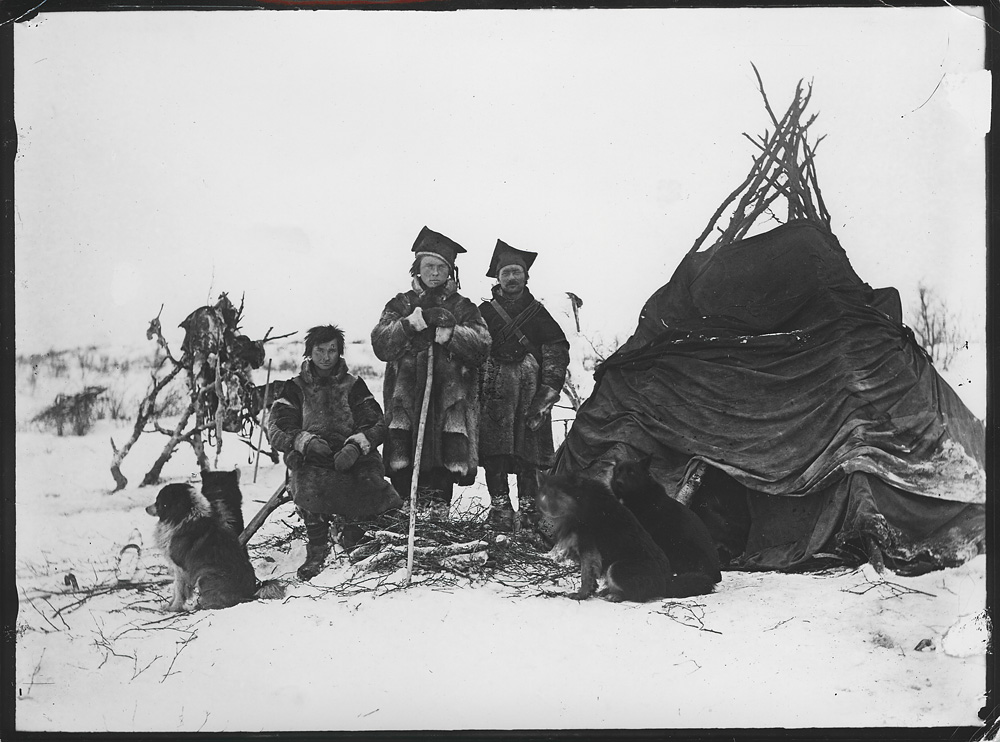
The established treaty remained for five hundred years until the Russian Empire and Norway drew an official borderline in 1826 as a way to settle minor land disputes. However, in Grense Jakobselv, Norwegian and Russian fishermen continued to feud over the demarcation of the border and ownership of fishing grounds at the mouth of the Jakobselv River and the broader area of Varangerfjord, Norway’s easternmost fjord.
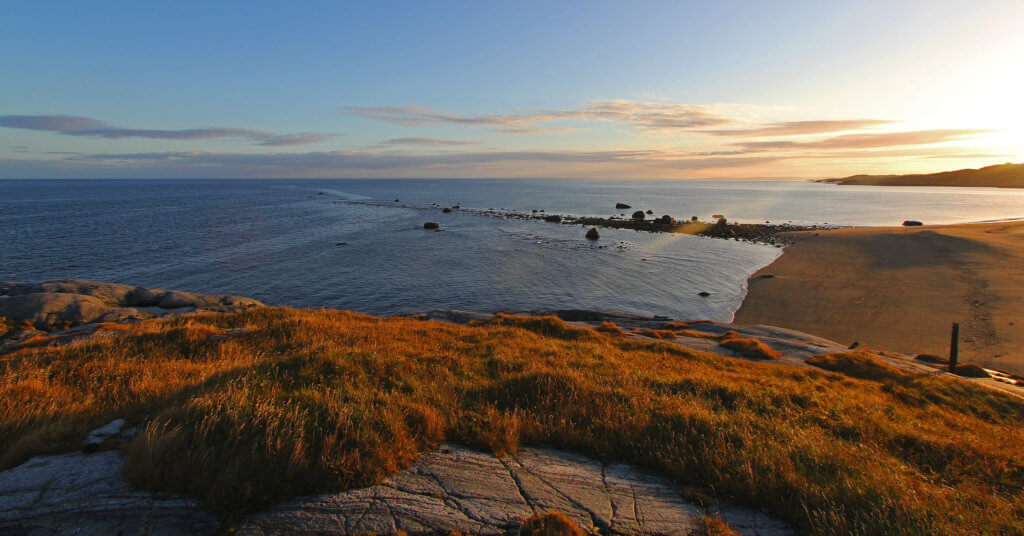
Norway’s Interior Ministry was desperately seeking to control the ongoing maritime scuffles, so they sent Lieutenant Commander Heyerdahl from Oslo to assess if regular fisheries surveillance by the Royal Norwegian Navy could be a simple solution. By this point, numerous Norwegian and Kven, a Finnish ethnic minority, had already settled in the region, and with them, they also brought Lutheranism. However, at the time of Heyerdahl’s arrival, the community did not have a chapel to worship in, and they were using the Prestestua, a wooden hut for travelling clergymen. Twenty miles to the south-west, in the Russian village of Boris Gleb, the Kremlin had an Orthodox church which acted as an active border marker. So Heyerdahl decided to follow a similar approach and built the King Oscar II Lutheran chapel in Grense Jakobselv, which was completed in 1869 and still stands today just 500m from the Russian border.
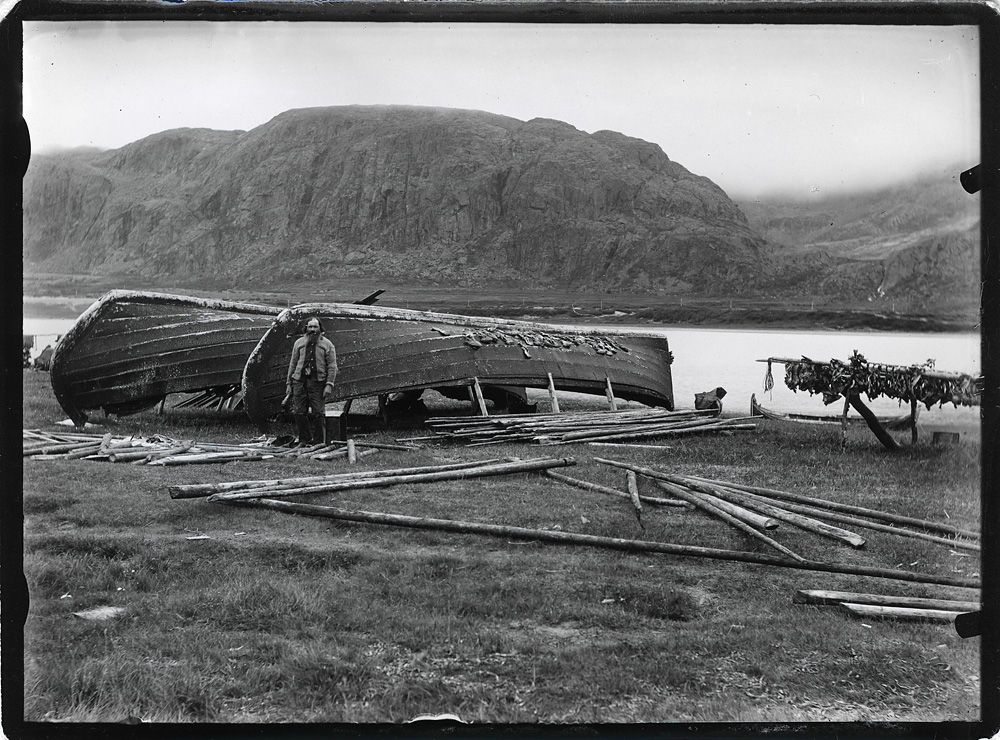
Over the decades that followed, Finnmark’s population began to grow, partly due to the burgeoning iron ore industry. During this period, a young photographer, Ellisif Ranveig Wessel, had recently moved to nearby Kirkenes with her husband. Witnessing the demographic and industrial change that was occurring throughout the region, and its impact on the traditional Sami culture, Ellisif commenced a large scale project documenting the far north’s transition into the 20th Century. Through her diligent work, she created one of the most recognised and comprehensive photographic collections of Grense Jakobselv, along with countless other locales and landscapes in Finnmark.
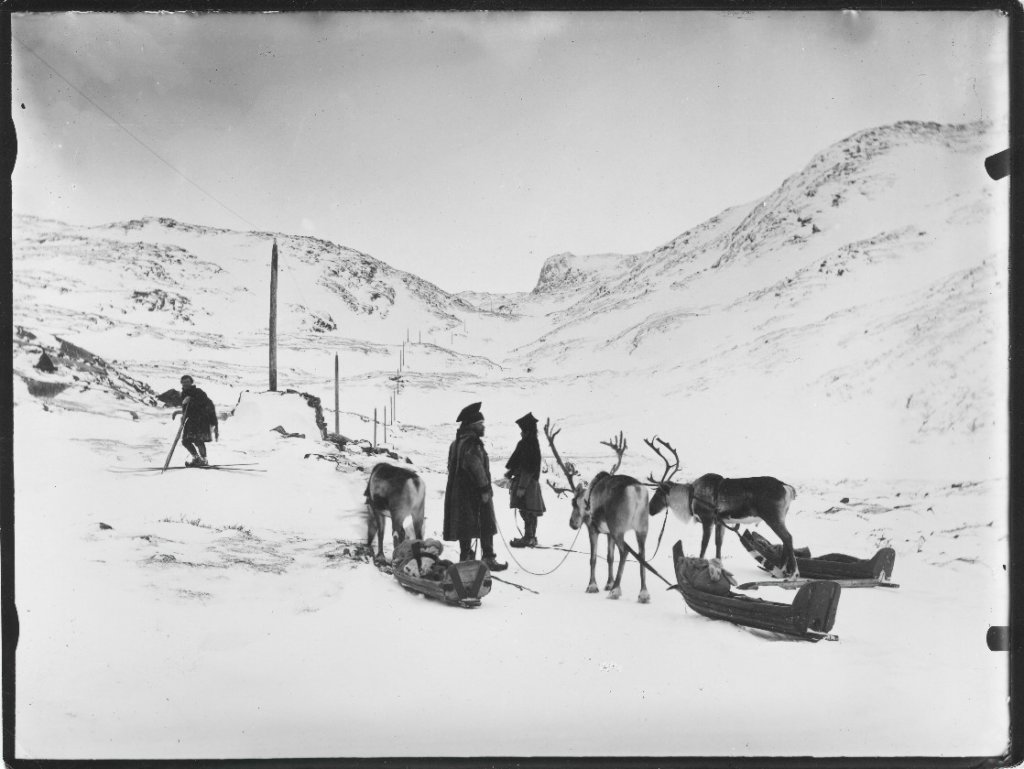
The remainder of the last century saw a whirlwind of historical events around these borderlands, ranging from the 1917 Russian Revolution, the 1939 Battle of Petsamo, German occupation during World War II, and the Cold War. Despite all this, when one compares Ellisif’s photos with the present-day surroundings, much of it seems unchanged, aside from the distinct absence of any residents, who have instead chosen to settle in less-secluded towns elsewhere in Sør-Varanger. Anyone who ventures to this ghostly settlement today and wanders around its lifeless houses is guaranteed to appreciate the stillness and feel intrigued by the history that unfolded in this much-overlooked outpost on the edge of Europe.
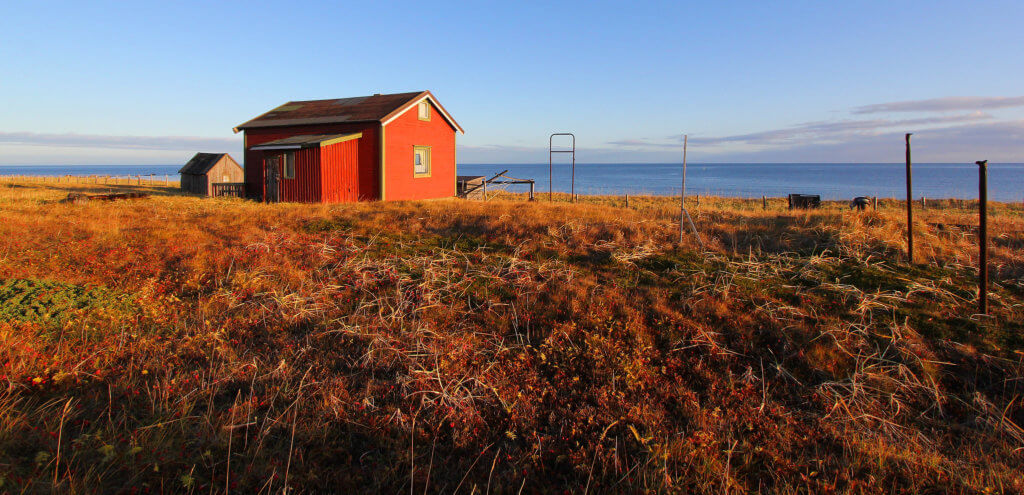
Click here to see more of my photos from Grense Jakobselv, Norway.

How interesting! I knew nothing about this area and had no idea how beautiful it is. Thank you, Matthew
Thanks for your blog, nice to read. Do not stop.